ARK’s equipment adheres to some opposite variant of Newton’s first law, which means that it is usually QRT unless actively maintained. There is also probably some quantum involved, except that you can consistently assume that the cat in the box is dead.
We wanted to use our SatNOGS setup to listen in on OPS-SAT. We discovered that our SatNOGS setup, despite being more or less self-maintained, turned out to be no exception to the previously mentioned rule and has been experiencing some downtime. Most of this was due to missing internet connection and the power cable being unplugged, but reception also turned out to be a bit lacking as compared to the earlier performance of the system.
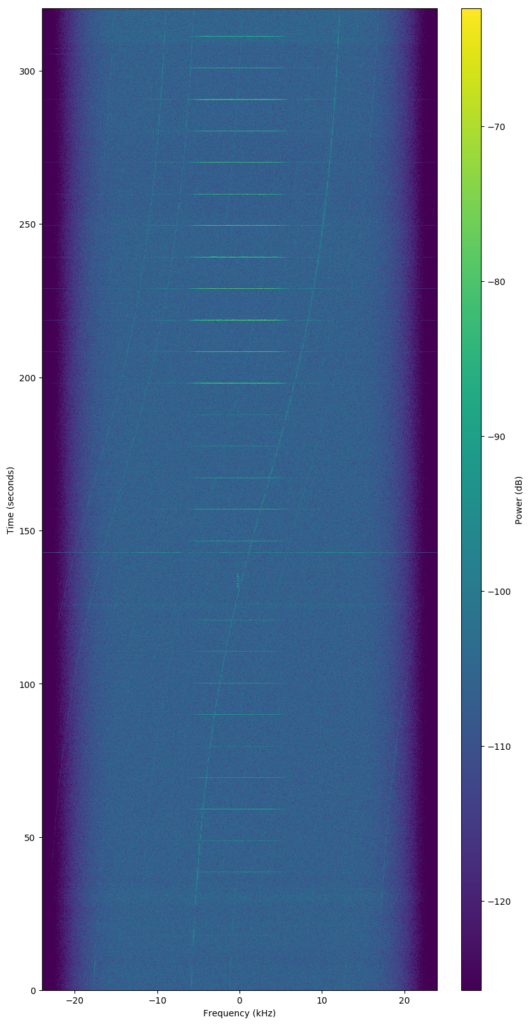
Good reception half a year ago. M6P, 2019-05-19 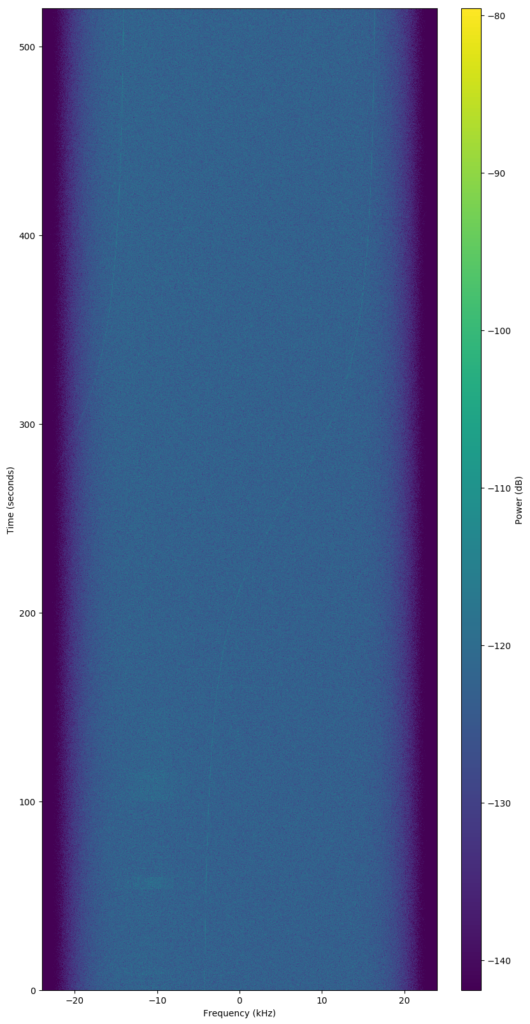
Not much to see on Monday. M6P, 2019-12-16
Any scheduled satellite gave a consistently degraded reception performance. Firing up GQRX, measuring the LA2UHF beacon and turning on and off the LNA gave no discernible response to the waterfall. There was therefore something up with the LNA.
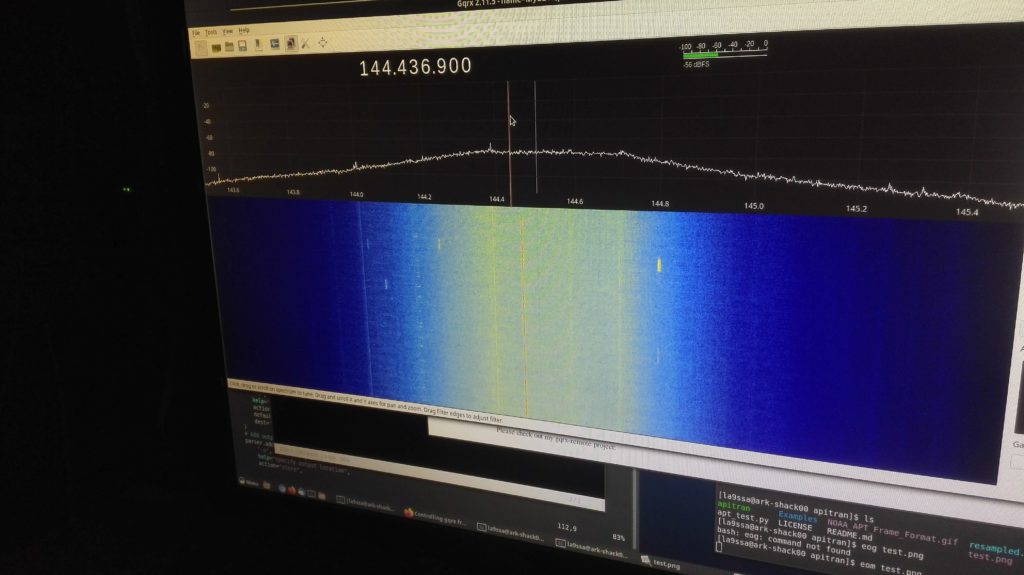
LA3WUA Øyvind therefore went off to find and debug the point of failure.
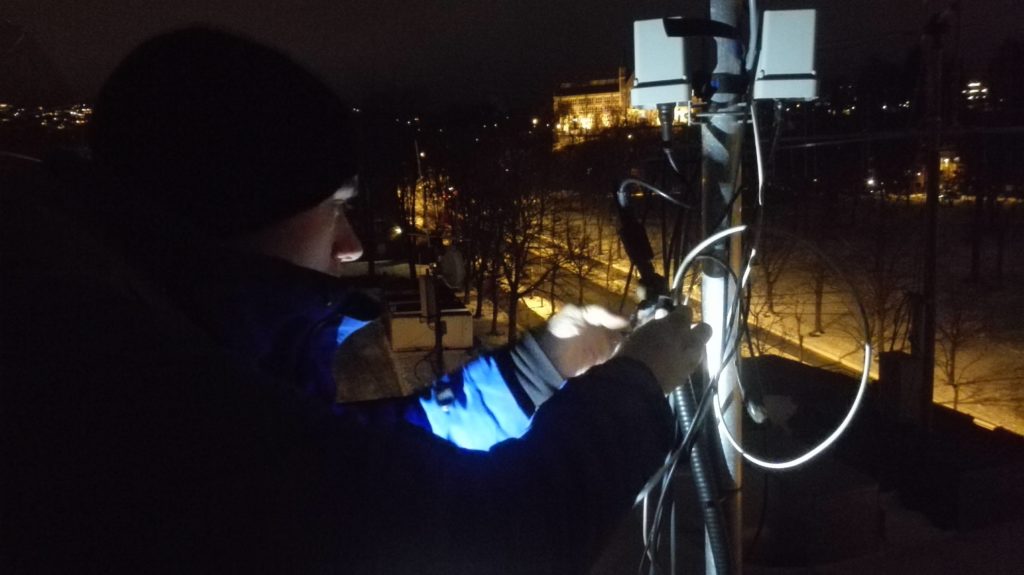
The fault was very simple. The temporary waterproofing (scotch tape) of the 12 V DC feed turned out to be very much not waterproof when installed permanently.
Re-terminating the cables, and temporarily weatherproofing with self amalgamating tape, should ensure that it is functional for at least a couple of days.
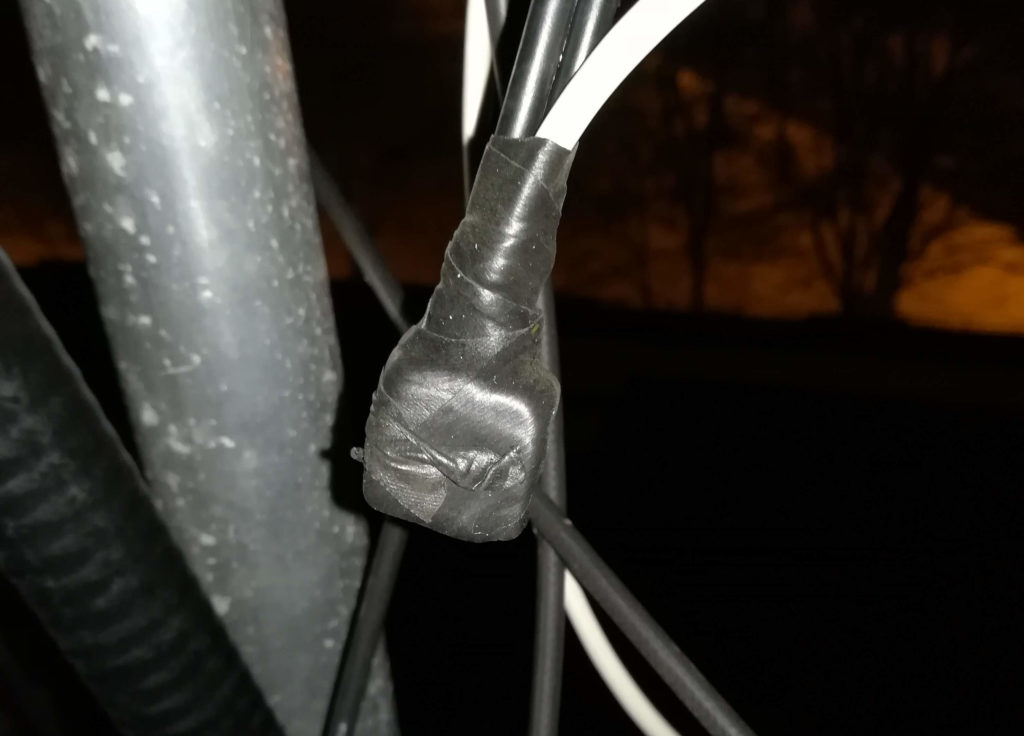
The relay of the LNA said *click* when Øyvind hooked it up, and he told me that this was a good sign. After having wrapped up the cable bundle in tape, the LNA made several more clicking noises every time he touched the cables. Is this a good sign, too, dad? Øyvind was silent as to whether this also was a good sign.
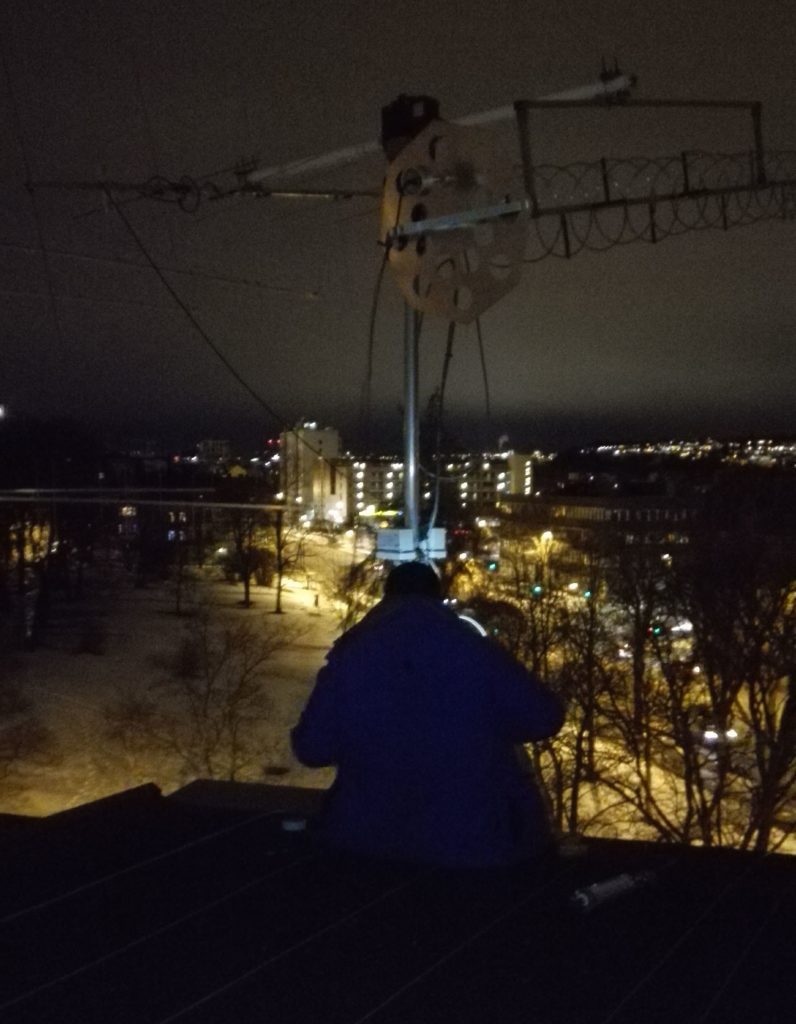
Øyvind ended up unwrapping and rewrapping the cable bundle no less than three times, obtaining good training in time for Christmas, and accumulating a nice amount of frostbitten rage. He got it on the second try, actually, but one of the fuses in the shack broke after all the relay switching.
Finally, the response was as expected when turning off an on the LNA.
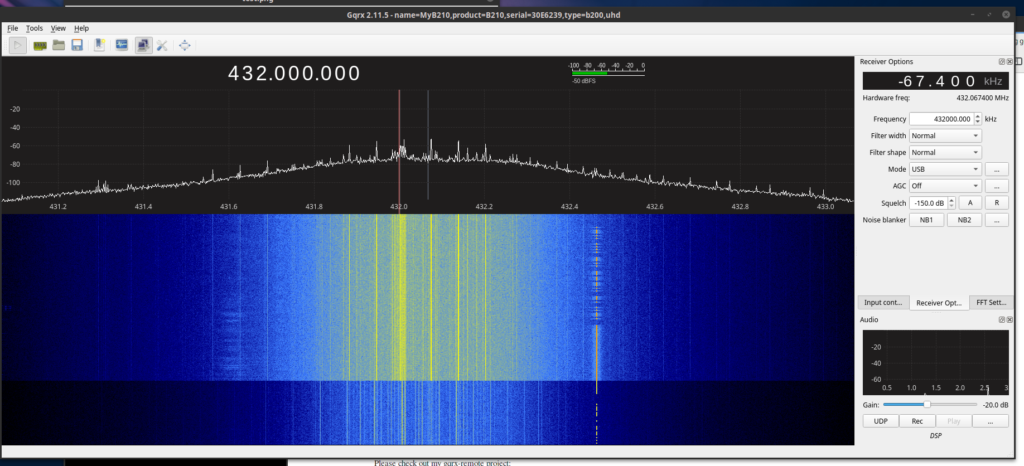
We also received some satellites:
The reason for our sudden SatNOGS resurgence is that OPS-SAT was to be launched yesterday, and we wanted to get ready for its launch. OPS-SAT’s goal is to provide an in-orbit testbed, including an on-board software defined radio that allows experimenters to test out new waveforms and communications methods, which seems very nice. There is a call for helping out on listening in on it, and we thought we’d give it a try.
SatNOGS is well suitable for such launches. We still remember when we helped listening for HiNCUBE. Not knowing whether we didn’t hear it because our equipment was malfunctioning, the TLE was off, the transponder information was wrong or we were doing something wrong was frustrating (it turned out to be dead). SatNOGS solves all of this.
SatNOGS automates the verification of the equipment by making it easy to schedule any satellite at any time, and we can rely on other ground stations’ experiences in whether they have been able to receive the freshly launched satellite or not. We wish we had SatNOGS back then. But at least we have SatNOGS now! Even if we’ll end up tracking and recording the satellite “manually”, having the SatNOGS system available is well valuable.
The launch was postponed until this morning, which means that the first possible pass is after the deadline of this blog post, but we’ll follow up with our experiences later on. For now, we are satisfied with having restored our SatNOGS setup, and that we finally have a good opportunity for the following untranslateable Norwegian joke: “Har du sendt opp satellitten enda? Nei, vi har utsatellitt”.
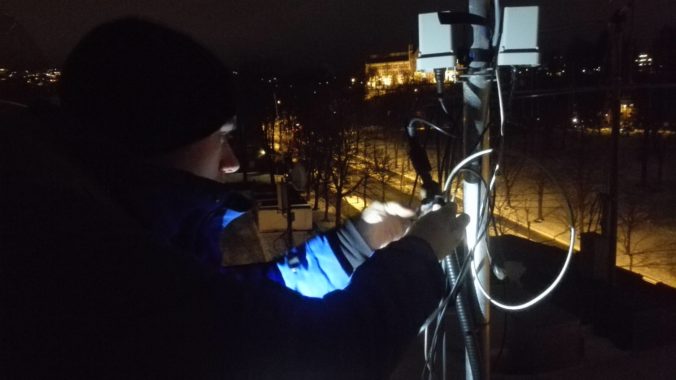
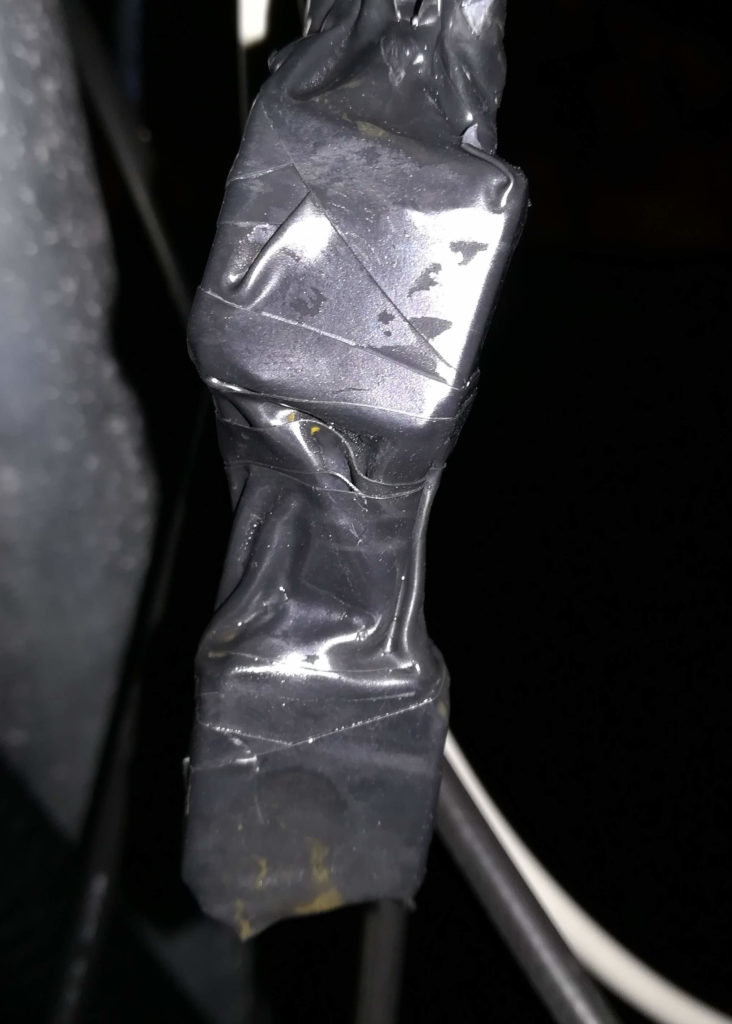
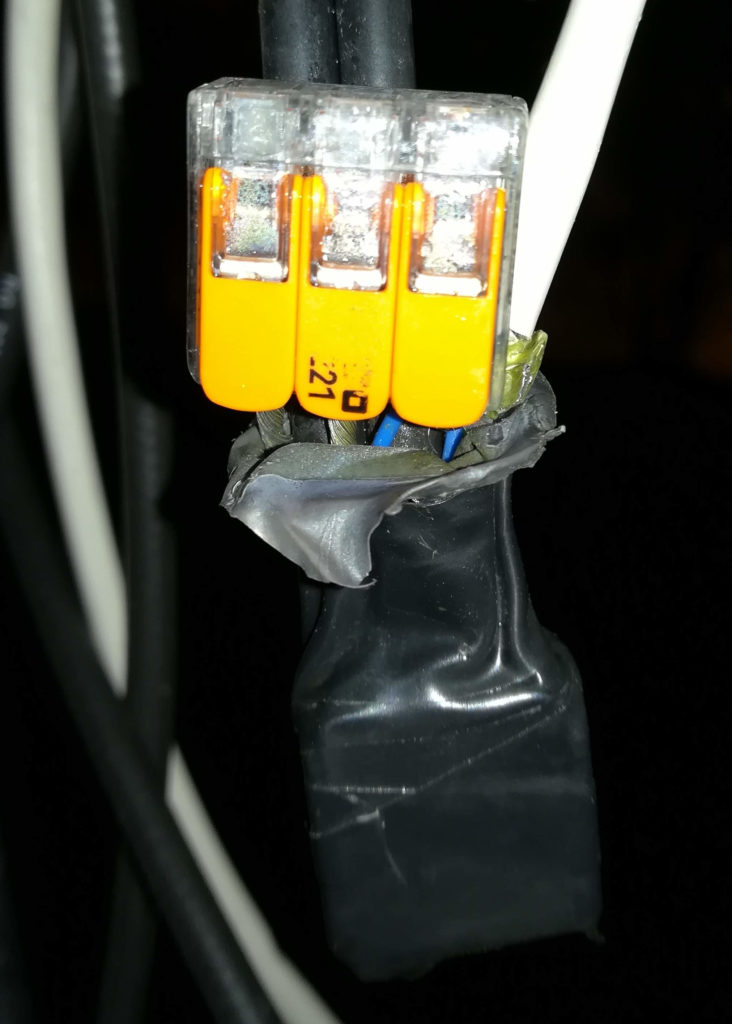

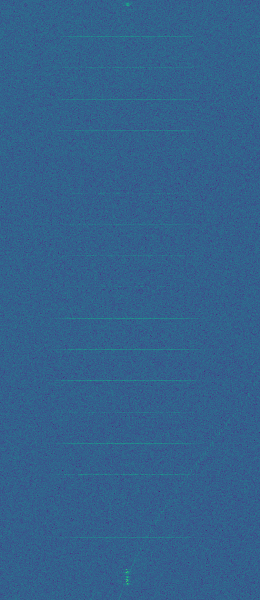

We are eagerly following https://community.libre.space/t/new-satellite-ops-sat-launch-2019-12-18/5077 and waiting for the first observations in https://network.satnogs.org/observations/?norad=99992 scheduled by other SatNOGS users, and hopefully the first pass over LA1K at 15:50 UTC, https://network.satnogs.org/observations/?station=600.